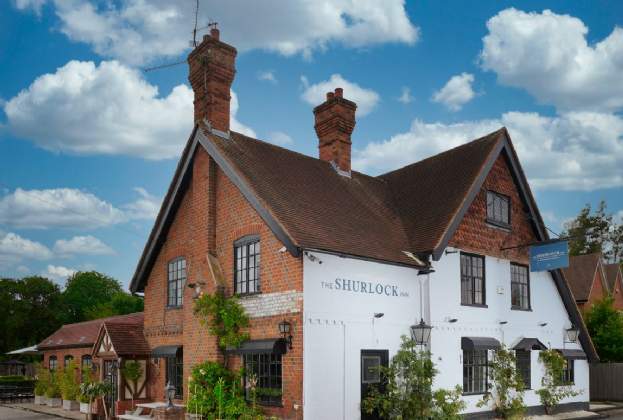There are an estimated 2,300 garden centres and retail nurseries in the UK, according to the Horticultural Trades Association. Currently, the biggest challenge lies in staving off competition from supermarkets and DIY stores which are increasingly offering the same products at cheaper prices. In response, nursery owners have become more adaptable and diversification, including the offering of seasonal products, is now commonplace. Growing and then selling pumpkins during the Halloween period is an easy and convenient way to add value to a nursery business.
Demand for pumpkins has grown exponentially in the UK over the past decade. The rise in trick-or-treating and Halloween parties, supplemented by consumers' increased taste for pumpkin products, has driven up this humble fruit’s popularity. The pumpkin season can provide an important mid-season boost to nurseries and garden centres. The speed of their maturation and their fuss-free growing conditions allow them to be housed in older, smaller glass houses, making use of occasionally neglected spaces.
Approximately 10 million pumpkins are now grown in the UK every year, with demand from the main supermarkets alone growing by 35 per cent between 2014 and 2015, according to CityAM. Figures vary, but between 95 and 99 per cent of these pumpkins are likely to be carved and displayed, with only a small percentage making it onto the nation’s plates.
If you own nursery space and are looking for new commercial ventures pumpkin growing could be a suitable option. Planted in the late spring, pumpkins grow in the quiet summer season where nothing else is really ready to be planted and are then ready to be harvested between September and October. They are therefore perfect to grow in between other crops (with prices rapidly dropping after the 31st October, and with harvest yields likely to be substantially diminished if Britain experiences a wet summer, we would probably not advise growing them alone).
As most varieties of pumpkin grow out of the ground but seldom reach more than a foot high they can also be grown in older, smaller and lower roofed glass houses, with no need for specialised equipment. The biggest expenditure is likely to be staff costs: harvesting a pumpkin crop is extremely labour intensive, particularly in the couple of weeks in the run up to Halloween as ideally they need to be kept on the plant for as long as possible until the skin has hardened.
With some thought and consideration as to what to grow them alongside, pumpkin farming shouldn’t cause growers much of a fright come Halloween.
Further information
Contact Savills Leisure & Trade-Related Services
(1).jpg)


.jpg)


.jpg)


.jpg)
.jpg)